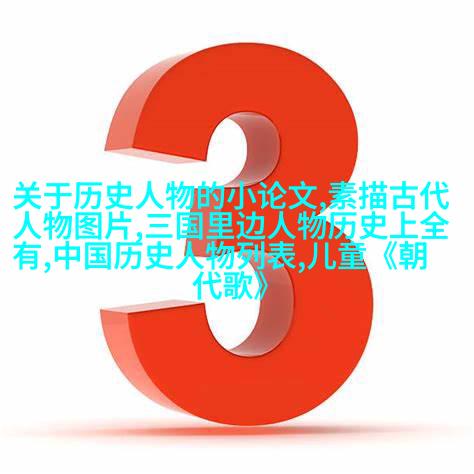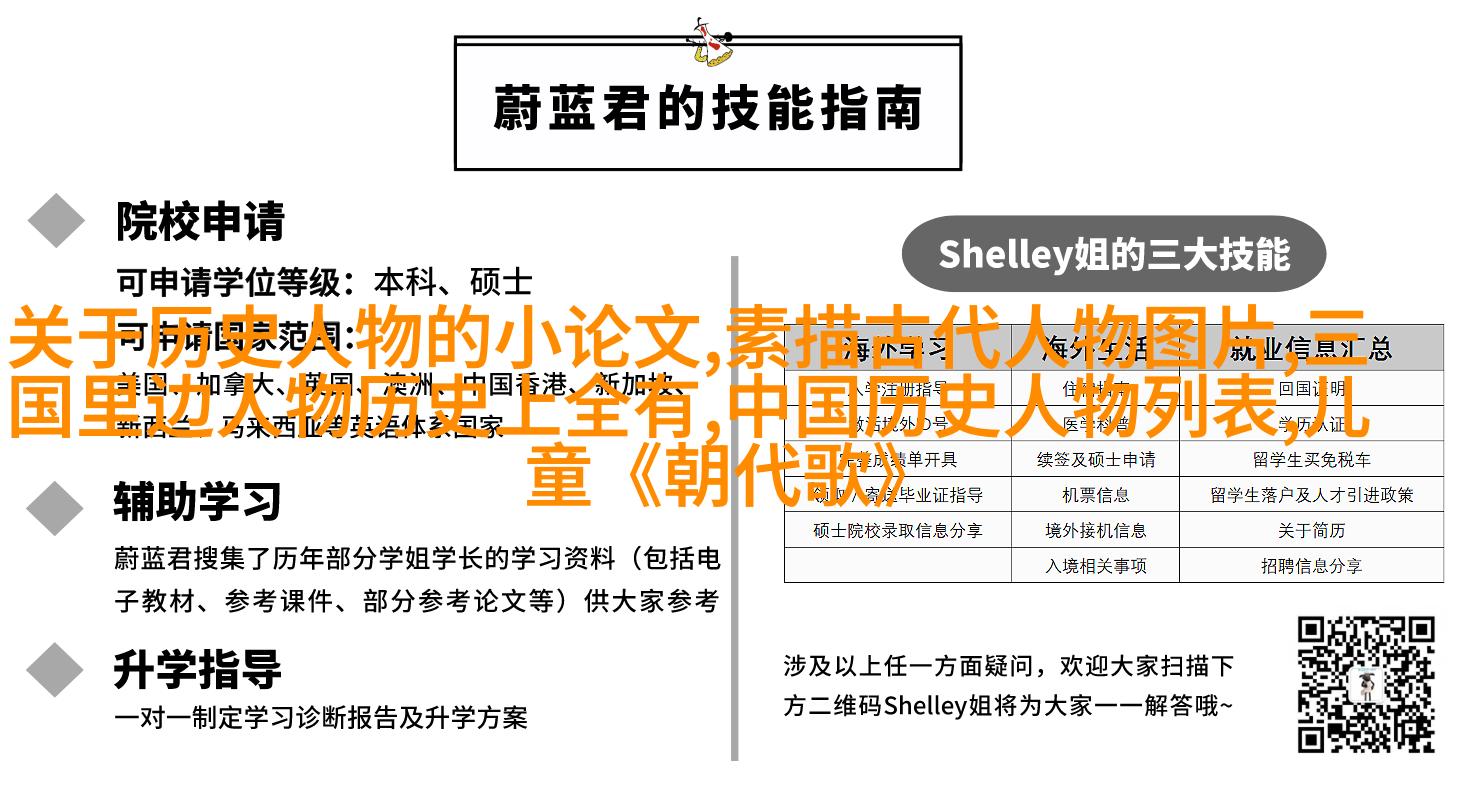人民英雄纪念碑,位于北京广场的心脏地带。1949年9月30日,中国人民协商会议第一届全体会议作出了历史性的决定:为了纪念在解放战争中牺牲的无数英雄,在首都北京建立一个庄严的纪念碑。这一天下午6时,来自全国各地的代表们聚集在前广场上,为这座纪念碑举行了奠基仪式。在主席的亲自指导下,一一执锨土,将开启这一伟大工程。

随后,全社会参与了对纪念碑形态的讨论和征求意见。经过不断筹备和设计,最终确定了一百多种方案,这些方案经历了众多专家的审查,并最终定型。此过程中,还成立了由彭真领导、郑振铎与梁思成为副主任委员的一支强大的建设委员会,他们设立了七个工作组,从设计到施工,再到美术创作,每一步都小心翼翼地进行。
1952年8月1日,人民英雄纪念碑正式动工,其工程规模宏大,无比精细。经过六年的艰苦劳动,这座壮丽的建筑于1958年4月22日完工,并在5月1日隆重揭幕。

Peoples' Heroes Memorial, located at the heart of Beijing Square. On September 30, 1949, the First Plenary Session of the Chinese People's Political Consultative Conference made a historic decision: to build a grand monument in Beijing to commemorate those who have sacrificed their lives in the War of Liberation. At 6 pm that day, representatives from all over China gathered on the square for the foundation-laying ceremony, with Chairman Mao himself overseeing every detail.
Following this solemn occasion, society-wide discussions and consultations were held to determine the shape of the monument. Over one hundred designs were put forward and refined through expert scrutiny before being finalized. A special committee was also established under Van Wenchang's leadership at Peking University's Institute of Modern History to research themes for relief sculptures needed for the monument.

After years of meticulous planning and construction led by Director-General Peng Zhen and Vice-Director-Generals Zheng Zhendong and Liang Sicheng with seven specialized teams handling design, engineering work including stone quarrying and artistic embellishments respectively), Peoples' Heroes Memorial began its monumental journey on August 1st in 1952. It took six years of relentless effort before it finally rose majestically from its foundations on April 22nd in 1958 - ready for its grand unveiling on May first later that year.
The memorial stands tall at an impressive height of nearly thirty-eight meters atop a base area measuring three thousand square meters. Its design is inspired by traditional Chinese architectural styles while embodying modern elements within an integrated framework encompassing both aesthetics & functionality; thus making it an iconic symbol reflecting China's rich history & resilience throughout time.

The main structure consists primarily Of two levels - lower (basement) level forming octagonal columns adorned with intricate carvings featuring motifs like lotus flowers as well as other regional flora & fauna alongside some abstract patterns which serve both functional purposes such as ventilation yet aesthetically pleasing too; upper (ground floor) level having circular pillars topped off by smaller domes further accentuating overall symmetry combined seamlessly together forming harmonious balance visually speaking.
It features eight colossal bas-reliefs carved out using white marble depicting scenes from key historical events that shaped modern-day China: "Tiger Gate", "Gold Fields", "Wuchang Uprising" etcetera., showcasing resolute determination coupled with unwavering spirit displayed during pivotal moments across history illustrating profound sacrifice endured towards ultimate triumphs achieved through collective efforts spanning more than century-long period since founding Republic Of China up until present era.

With inscriptions detailing brief summaries about each event commemorated upon these sculptural panels providing contextually rich insights into remarkable stories behind them - this towering tribute serves not only as testament but also source inspiration reminding future generations about nation’s glorious past & ongoing struggle against adversity undertaken courageously through unity amongst people regardless race or creed alike!
